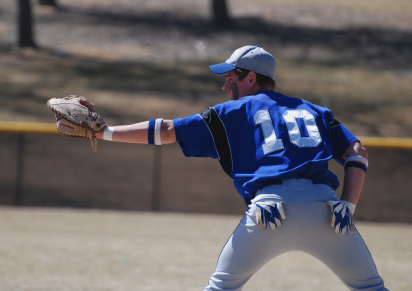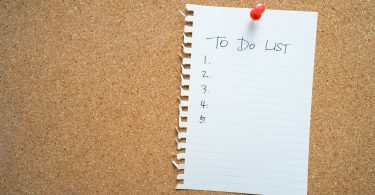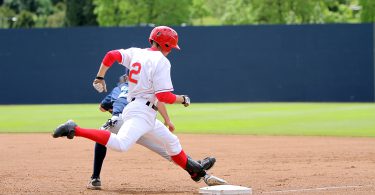The Situation:
It’s the first batter of the game. The hitter is left-handed with good speed. He steps in the box to face his right-handed counterpart.
The Play:
The umpire signals play ball and the pitcher toes the rubber. He knows he will be throwing a fastball away on the first pitch, so the catcher doesn’t even put a sign down. As the pitcher starts his wind-up, the catcher slides to the outer half of the plate, waiting for the pitch. The pitch is executed to its desired location and the hitter swats at it, hitting a bounding ball towards the middle of the infield on the second base side of the bag. The second baseman ranges to his right and gets to the ball, fielding it with two hands just off the outside of his right foot. He knows he will have to hurry and get rid of it. As he transfers the ball, his momentum continues to take him towards center. His weight gets on the outside of his right foot as he maintains control of the ball and slings it from a low arm slot to first. The play looks smooth and second baseman backpedals into short center as he watches to see if his throw will be on time.
The Outcome:
The first baseman stretches out as the throw comes floating in at knee high. It’s a close play but the batter beats the throw by a step and is correctly called safe. It’s a single to start the game and the offense is open for business.
What Went Wrong:
You may be wondering what our angle will be here. When no one makes an error in the scorebook, it’s easy to assume that nothing different could have been done and the ball just beat the capability of the defense. At KPB, we think it’s important to exhaust all possibilities to see if there is a better way that the play could have been made. One thing stands out about this play that could have been the difference between out and safe.
While every player has strengths and weaknesses and must play to their capabilities, we question the second baseman’s decision to field the ball with two hands outside of his body. Anytime the ball is outside the body and especially when the ball carries a fielder away from the direction of his throw, he will need to find a way to get his body under control after fielding the ball. In this case, that means changing his momentum to get more on the throw. By fielding the ball outside of his feet with two hands, he all but ensures that his center of mass will be moving away from first base when he makes the throw. This means he will be relying on arm strength alone to get the ball to first. This is also evidenced by him continuing his momentum into centerfield after the throw. That’s a true last resort move and a play that only the likes of Robbie Cano can make on a regular basis.
While it is true that you must field the ball before throwing it, this does little good if there is no way to make the throw on time. It’s also why it’s important for infielders to be comfortable making one handed backhands and forehands to increase their range. We suggest two possible ways he could have created better momentum towards first, made a stronger throw, and improved his chances of making the play at first. The first option would be to backhand the ball and get his momentum under control with a hard plant, drive off the inside of his right foot to make a stronger throw to first. Javier Baez makes a similar fielding move albeit on the other side of the infield right here. Regardless, the fielding mechanics of the play would be the same. The second option would be to enter into a feet first pop-up slide as he fields the ball, popping up to stop his momentum, getting the weight to the inside of his right foot as best as he can, and getting off a stronger throw to first. Neil Walker executes that play exact play despite fumbling the exchange here.
Of course, there’s no telling that the second baseman could have made the play regardless of if he had tried a different fielding method, but the importance of momentum on this play should not be underplayed. The bottom line is he didn’t give himself the best chance. When the ball is outside of an infielder’s body, its usually best to use a one handed play to maximize range and maintain better body control for the throw. This should be practiced regularly. Be prepared, be versatile, and think the game!






